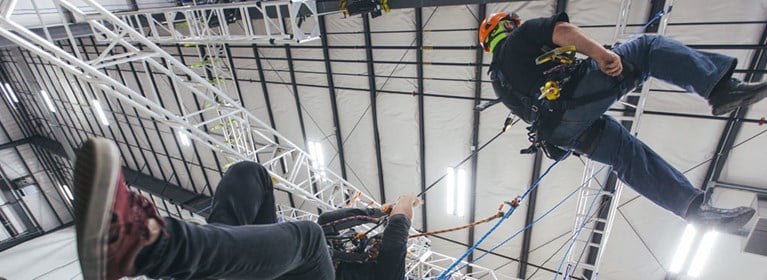OSHA update: Facts about Current Sling Regulations
Rigging |
By Henry Brozyna |
Feb 19, 2015
February 19, 2015 Today, we are posting updates to this blog article on sling regulations originally posted in 2011. This article continues to be one of our most visited, and we feel it our duty to keep this very important safety information up to date.
The Occupational Safety and Health Administration (OSHA) has the following regulations for slings:
- 1910.184 (general industry)
- 1915.122
- 1915.113
- 1915.118 (for shipyard employment)
- 1926.251 (construction)
Effective June 8, 2011, all slings, chain, synthetic & wire rope, are required to have identification tags/labels permanently attached to them. This sling regulation applies to slings sold and used in the United States.
Historically, companies did not require wire rope slings to have permanently affixed identification tags/labels on them; it was not required per OSHA 1910.184. This has since changed. Tags/labels are now required.
Also, original load capacity tables found in the OSHA standards were based on information found in ASME B30.9 dating back to 1971. New tables reflect the current industry standards for working load limits for slings, chain, and synthetic or wire rope.
Changes include:
- All load charts for slings have been updated to current industry standards.
- All slings, regardless if made of chain, wire rope or synthetic, must be marked with a tag/label. Now only properly tagged/labeled slings can be used.
- Slings with detached tags/labels must be removed from service until new tags/labels can be permanently reattached.
To view the OSHA changes made in 2011 in its entirety or to download a copy click here.
For information on rigging training, please click here
North America - EN







